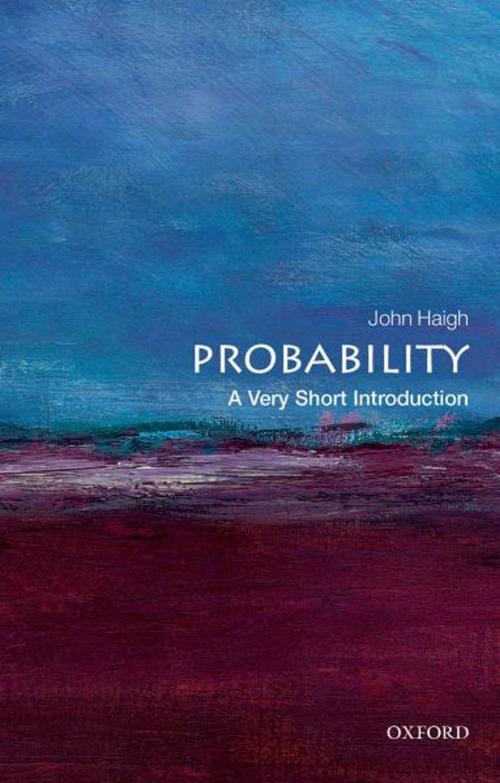Probability: A Very Short Introduction
Nonfiction, Science & Nature, Mathematics, Probability, Statistics| Author: | John Haigh | ISBN: | 9780191636837 |
| Publisher: | OUP Oxford | Publication: | April 26, 2012 |
| Imprint: | OUP Oxford | Language: | English |
| Author: | John Haigh |
| ISBN: | 9780191636837 |
| Publisher: | OUP Oxford |
| Publication: | April 26, 2012 |
| Imprint: | OUP Oxford |
| Language: | English |
Making good decisions under conditions of uncertainty - which is the norm - requires a sound appreciation of the way random chance works. As analysis and modelling of most aspects of the world, and all measurement, are necessarily imprecise and involve uncertainties of varying degrees, the understanding and management of probabilities is central to much work in the sciences and economics.In this Very Short Introduction, John Haigh introduces the ideas of probability and different philosophical approaches to probability, and gives a brief account of the history of development of probability theory, from Galileo and Pascal to Bayes, Laplace, Poisson, and Markov. He describes the basic probability distributions, and goes on to discuss a wide range of applications in science, economics, and a variety of other contexts such as games and betting. He concludes with anintriguing discussion of coincidences and some curious paradoxes.
Making good decisions under conditions of uncertainty - which is the norm - requires a sound appreciation of the way random chance works. As analysis and modelling of most aspects of the world, and all measurement, are necessarily imprecise and involve uncertainties of varying degrees, the understanding and management of probabilities is central to much work in the sciences and economics.In this Very Short Introduction, John Haigh introduces the ideas of probability and different philosophical approaches to probability, and gives a brief account of the history of development of probability theory, from Galileo and Pascal to Bayes, Laplace, Poisson, and Markov. He describes the basic probability distributions, and goes on to discuss a wide range of applications in science, economics, and a variety of other contexts such as games and betting. He concludes with anintriguing discussion of coincidences and some curious paradoxes.















